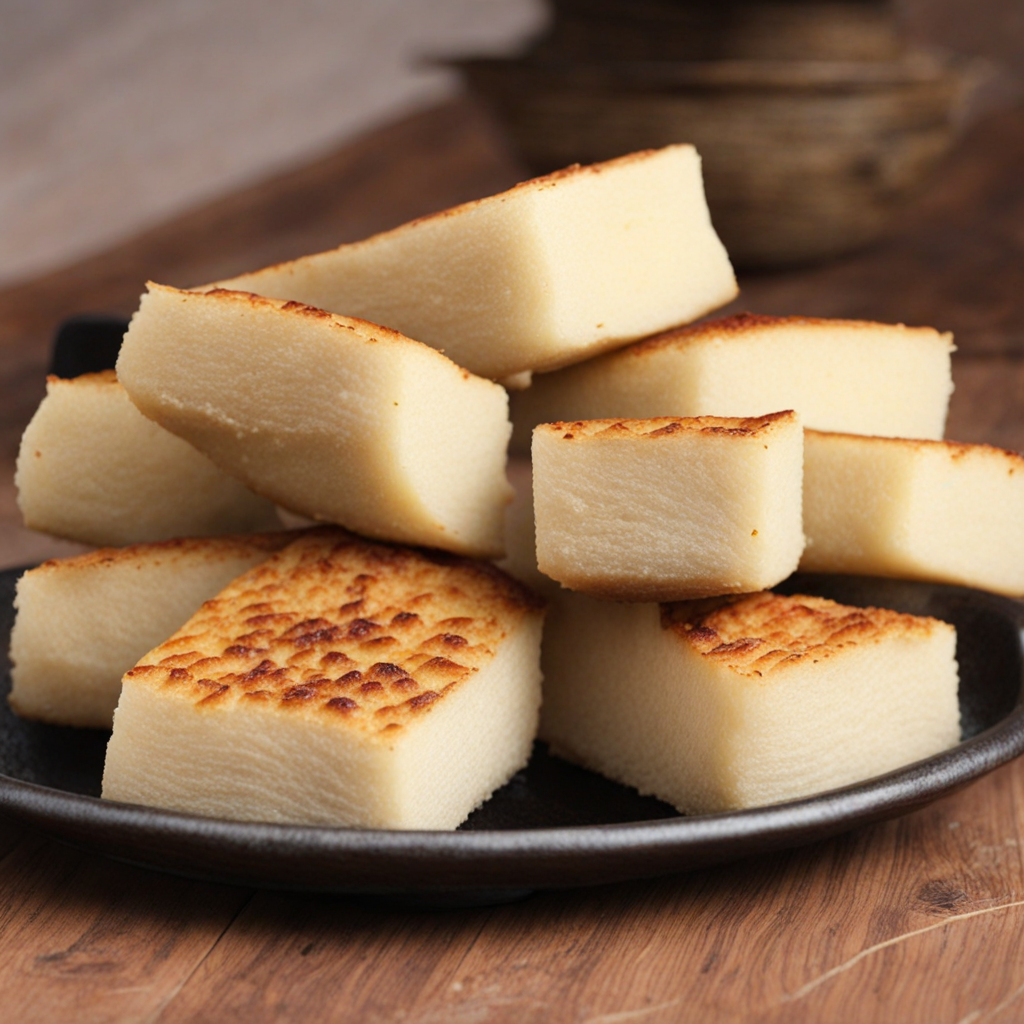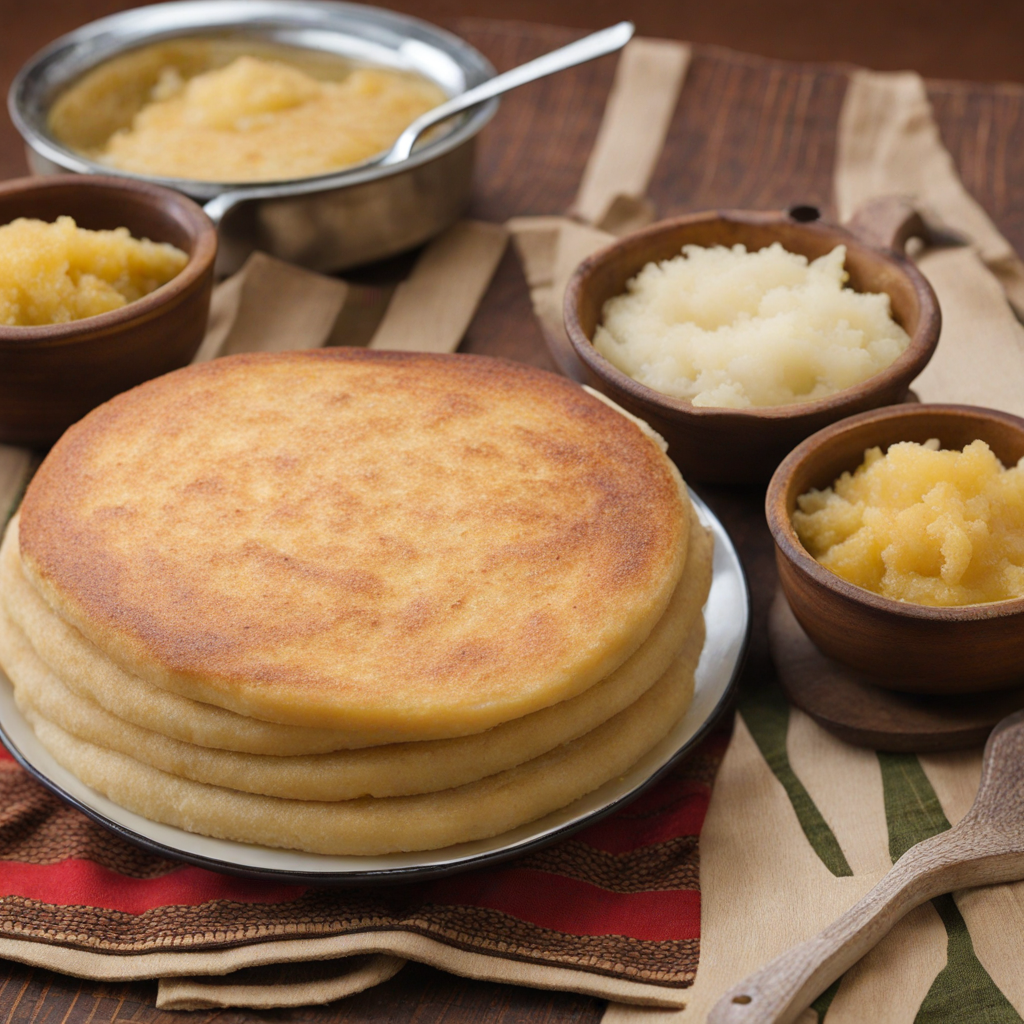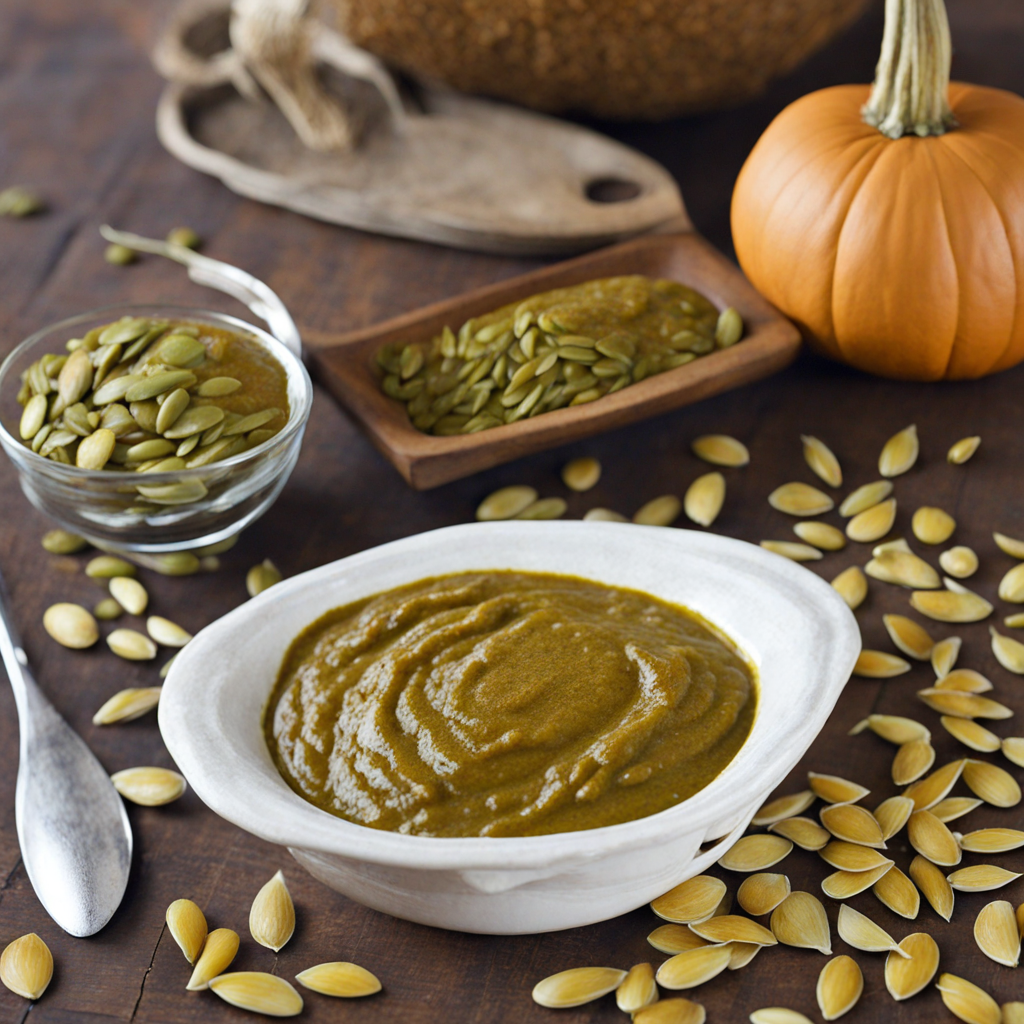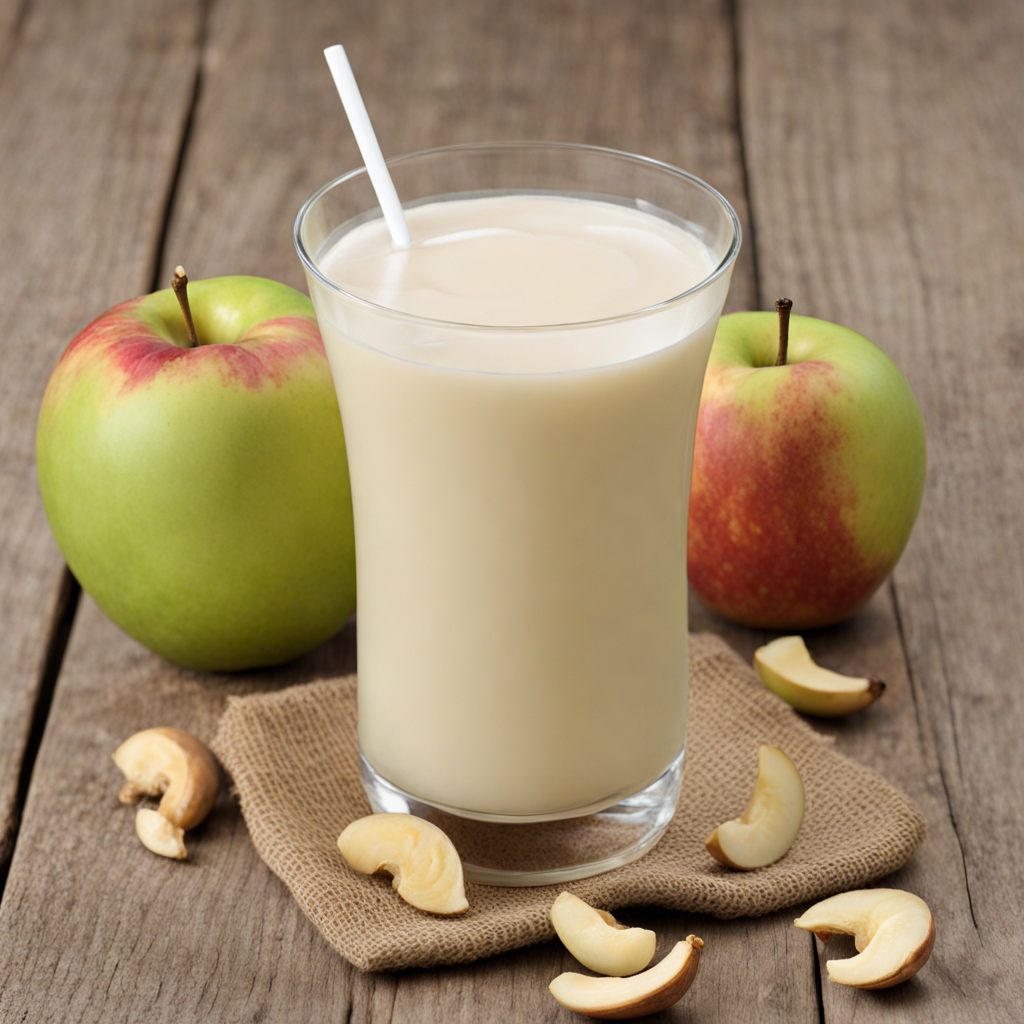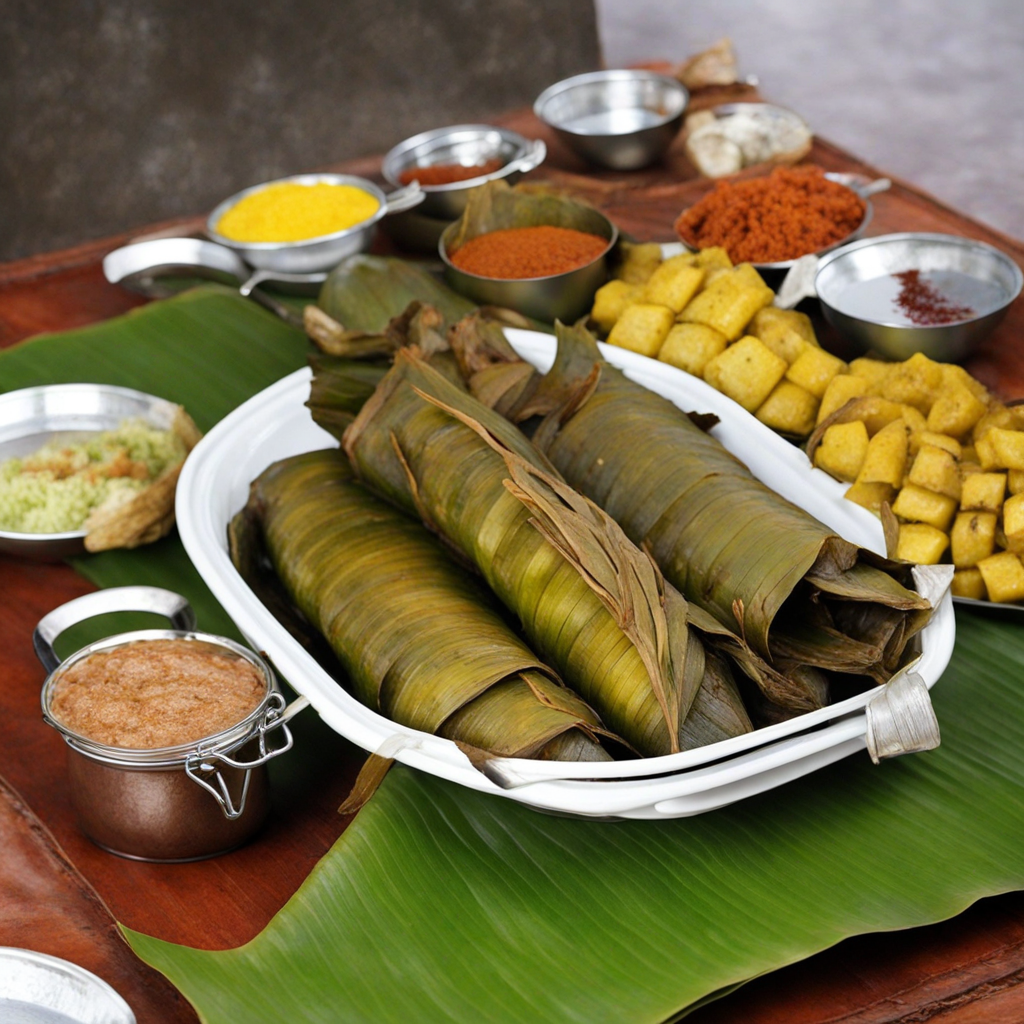Chikwangue
Chikwangue is a traditional dish from the Central African Republic, primarily made from cassava, a starchy root vegetable that is a staple in many African cuisines. The preparation of Chikwangue involves peeling and grating fresh cassava, which is then fermented and wrapped in banana leaves before being steamed. This labor-intensive process not only enhances the flavor but also gives the dish a unique texture that is both chewy and satisfying. The fermentation adds a subtle tanginess that complements the natural earthiness of the cassava, making it a distinctive addition to any meal. Typically served as a side dish, Chikwangue pairs wonderfully with a variety of sauces and stews, especially those made with meat or vegetables. It acts as a perfect vehicle for soaking up rich flavors, whether it's a spicy peanut sauce or a savory tomato-based stew. The versatility of Chikwangue allows it to adapt to various culinary styles, making it a beloved staple in homes across the Central African Republic. Its mild flavor makes it approachable for those new to African cuisine, while its unique texture offers a delightful contrast to other dish components. For those eager to explore new tastes, Chikwangue presents an exciting opportunity to experience the culinary traditions of the Central African Republic. Its preparation can be seen as a communal activity, often bringing families and friends together to share in the process of making this beloved dish. As you savor Chikwangue, you not only enjoy a delicious meal but also partake in a cultural tradition that has been passed down through generations, making each bite a connection to the heart and history of the region.
How It Became This Dish
Chikwangue: A Culinary Journey Through Central Africa #### Origins Chikwangue is a traditional staple food from the Central African Republic, particularly cherished in regions where cassava, known locally as manioc, is cultivated. The roots of chikwangue trace back to the indigenous populations of Central Africa, who have utilized cassava as a primary source of sustenance for centuries. This versatile root vegetable is believed to have originated in South America and was brought to Africa by Portuguese explorers in the 16th century. Over time, it adapted remarkably to the African climate and became a fundamental crop in many countries, including the Central African Republic. The preparation of chikwangue involves a meticulous process that showcases the ingenuity of local communities. The cassava roots are harvested, peeled, and then soaked to remove toxic compounds called cyanogenic glycosides, which can be harmful if ingested. After soaking, the cassava is grated, mashed, and then wrapped tightly in banana leaves before being steamed or boiled. The result is a dense, chewy, and slightly fermented cake that is not only nutritious but also has a unique flavor profile. #### Cultural Significance Chikwangue holds a significant place in the cultural landscape of the Central African Republic. It is more than just a food item; it is a symbol of community, resilience, and tradition. In many local cultures, chikwangue is often served during special occasions such as weddings, funerals, and communal gatherings, reflecting its status as a food that brings people together. The preparation and sharing of chikwangue are communal activities, often involving families and neighbors who come together to celebrate their heritage and strengthen social bonds. Moreover, chikwangue embodies the agricultural practices and resourcefulness of the communities that cultivate cassava. The crop is resilient, requiring less water than many staple grains, making it ideal for the climatic conditions of the Central African region. This adaptability has allowed cassava, and by extension chikwangue, to become a critical food source, especially during times of drought or food scarcity. In the context of the Central African Republic, where economic challenges and political instability have often posed threats to food security, chikwangue has emerged as a sustainable food source. Its preparation is a reflection of local knowledge and practices passed down through generations, reinforcing the importance of traditional diets in promoting health and well-being. #### Development Over Time As the Central African Republic has evolved, so too has the role of chikwangue within its society. Historically, the food was primarily consumed by rural communities, but urbanization and globalization have begun to change its dynamics. In urban centers, chikwangue has found a place in markets and restaurants, catering to a growing demand for traditional foods among both locals and tourists. With the influence of modern culinary practices and globalization, there has been a fusion of traditional and contemporary cooking methods. Some chefs and home cooks have begun to experiment with chikwangue, incorporating it into various dishes. For instance, it is often served alongside grilled meats, stews, or spicy sauces, creating a fusion of flavors that honors its traditional roots while appealing to modern palates. Additionally, the growing interest in plant-based diets and sustainable food systems has highlighted the nutritional benefits of cassava. Rich in carbohydrates and gluten-free, chikwangue is gaining recognition as a health-conscious option, especially among those seeking alternatives to wheat-based products. This has led to a resurgence of interest in traditional foods, encouraging younger generations to reconnect with their culinary heritage. #### Chikwangue in Contemporary Society In recent years, the Central African Republic has seen efforts to promote food sovereignty and local food systems. Organizations and community groups are working to support farmers who cultivate cassava and produce chikwangue. These initiatives aim to empower local communities, enhance food security, and preserve traditional culinary practices. The rise of social media and food blogs has also played a role in popularizing chikwangue beyond its geographical boundaries. Food enthusiasts and travelers sharing their experiences with chikwangue have sparked curiosity and appreciation for this traditional dish among a global audience. This increased visibility has the potential to support local economies and promote cultural exchange. #### Conclusion Chikwangue, as a cherished staple of the Central African Republic, encapsulates a rich tapestry of history, culture, and resilience. Its origins in the indigenous practices of utilizing cassava have evolved into a symbol of community and shared heritage. As it adapts to the changes brought about by urbanization and globalization, chikwangue continues to be a testament to the enduring connection between food, culture, and identity. Whether served at a communal feast or enjoyed in a modern restaurant, chikwangue remains a beloved dish that tells the story of the Central African people. It is a reminder of the importance of preserving culinary traditions and the deep-rooted connections that food fosters among communities. As we look to the future, chikwangue stands as a beacon of cultural significance, sustainability, and the power of food to unite and nourish societies.
You may like
Discover local flavors from Central African Republic


